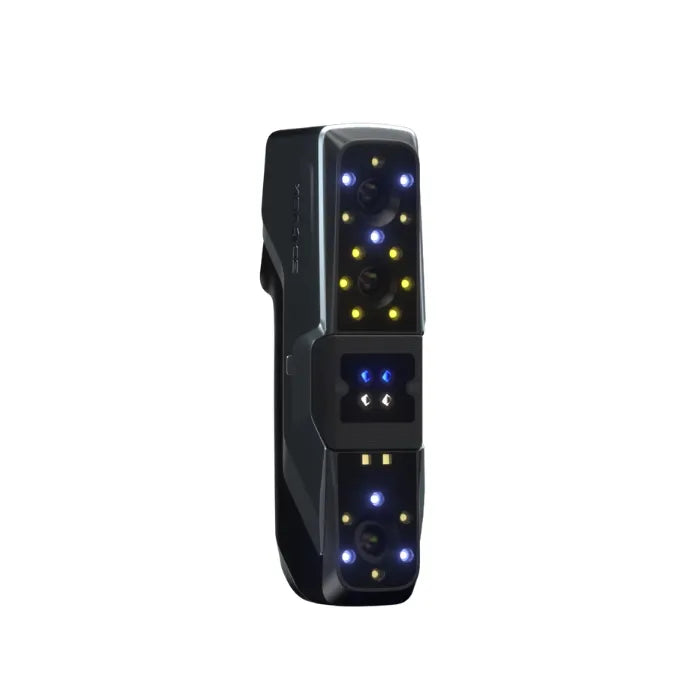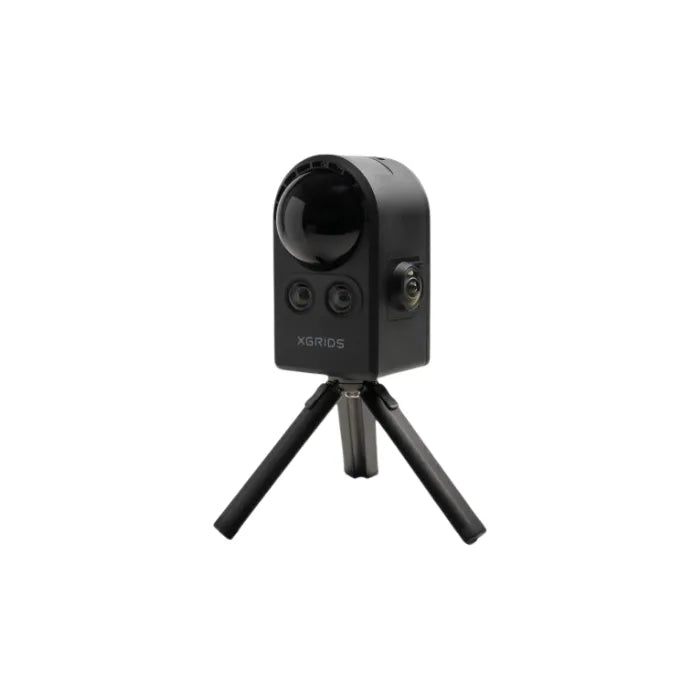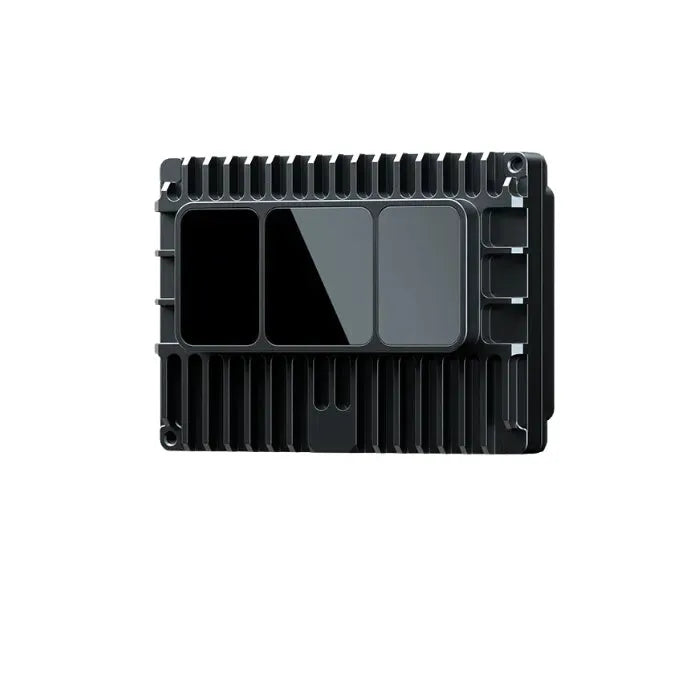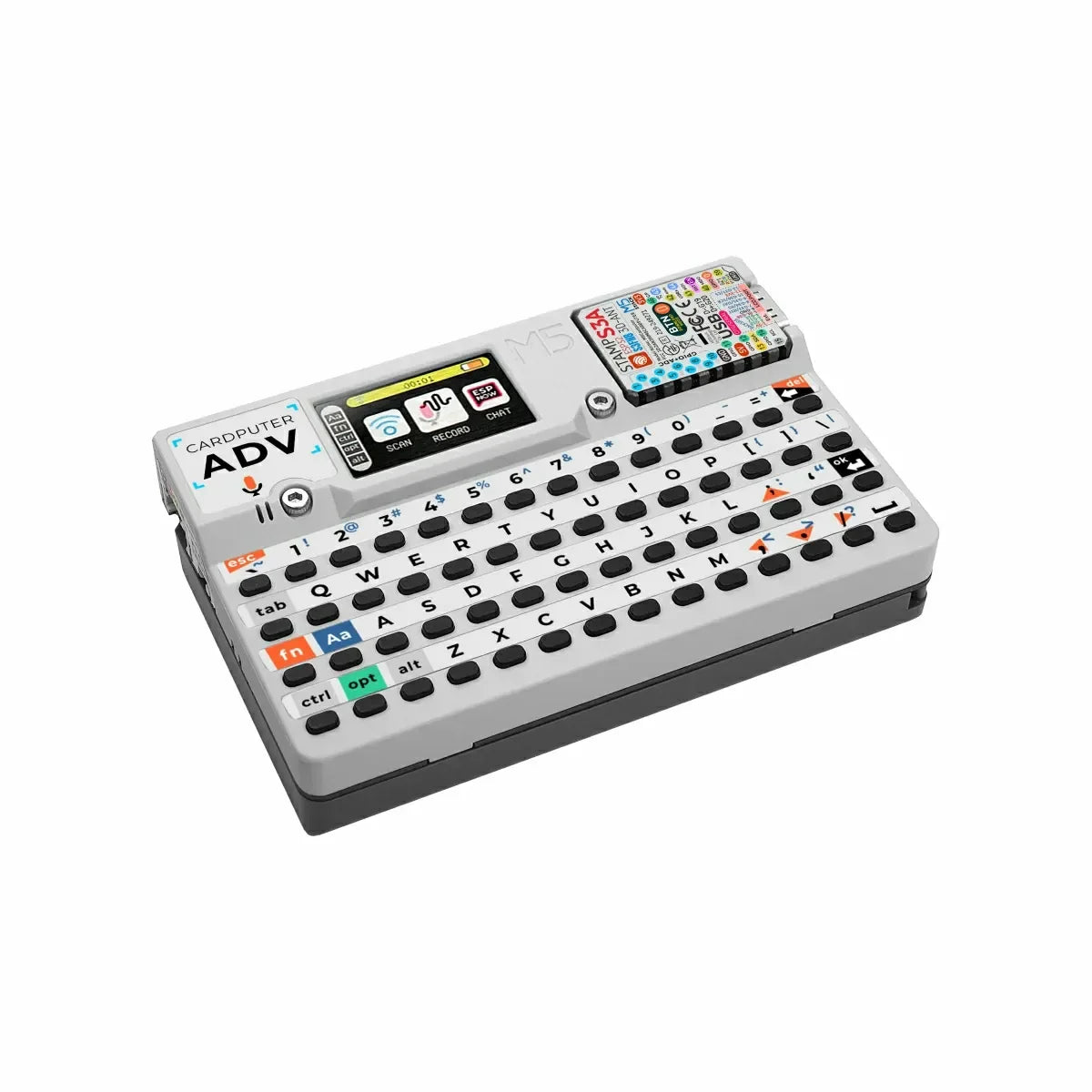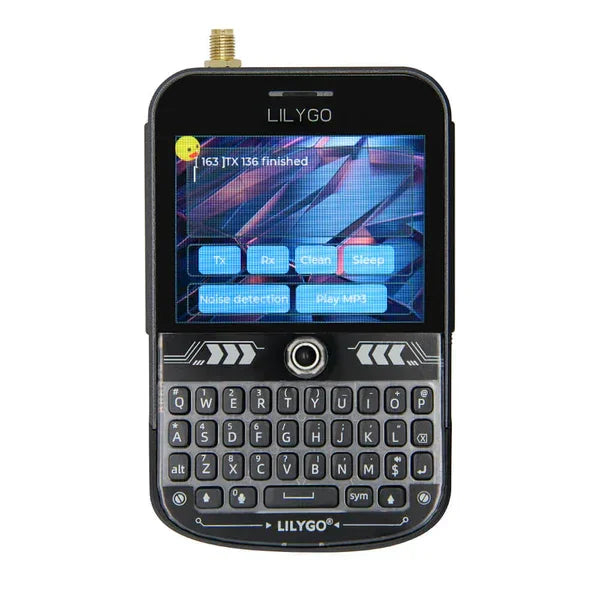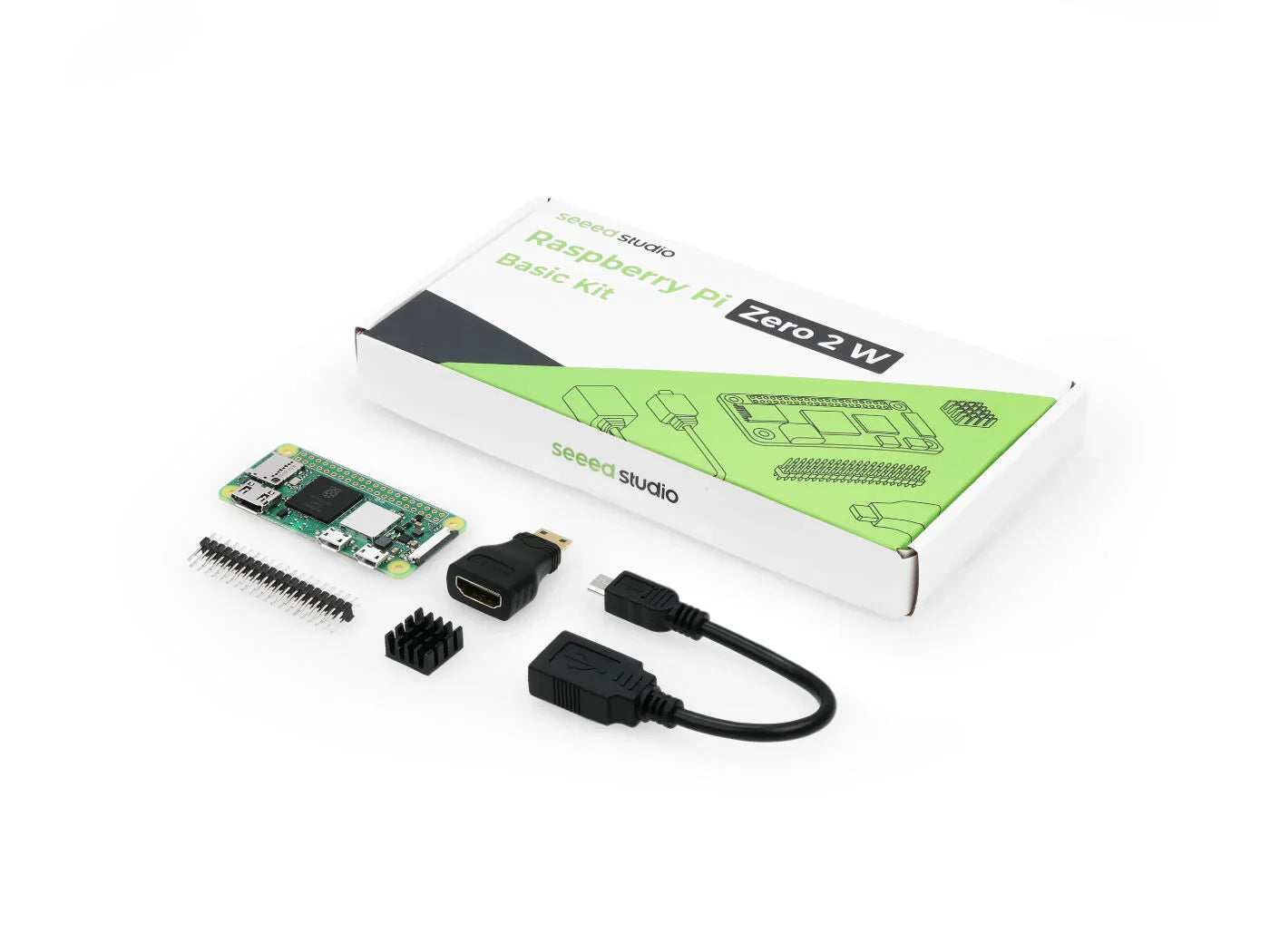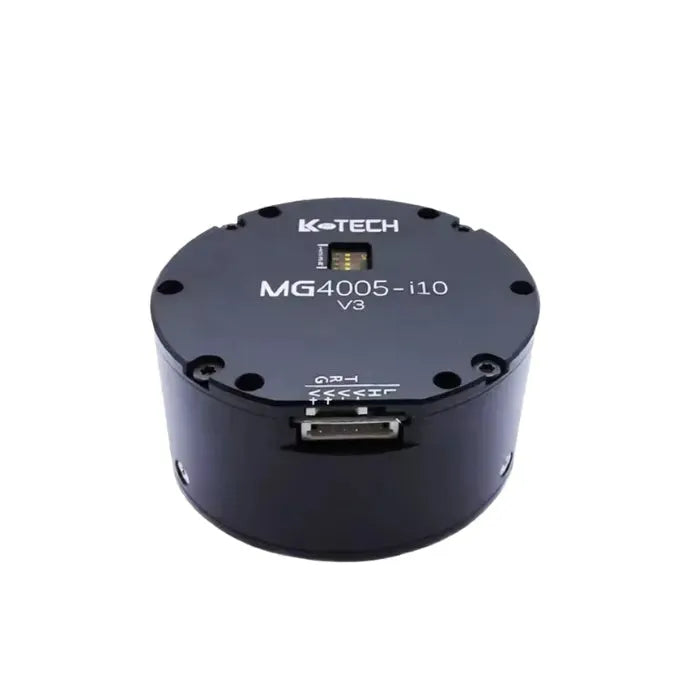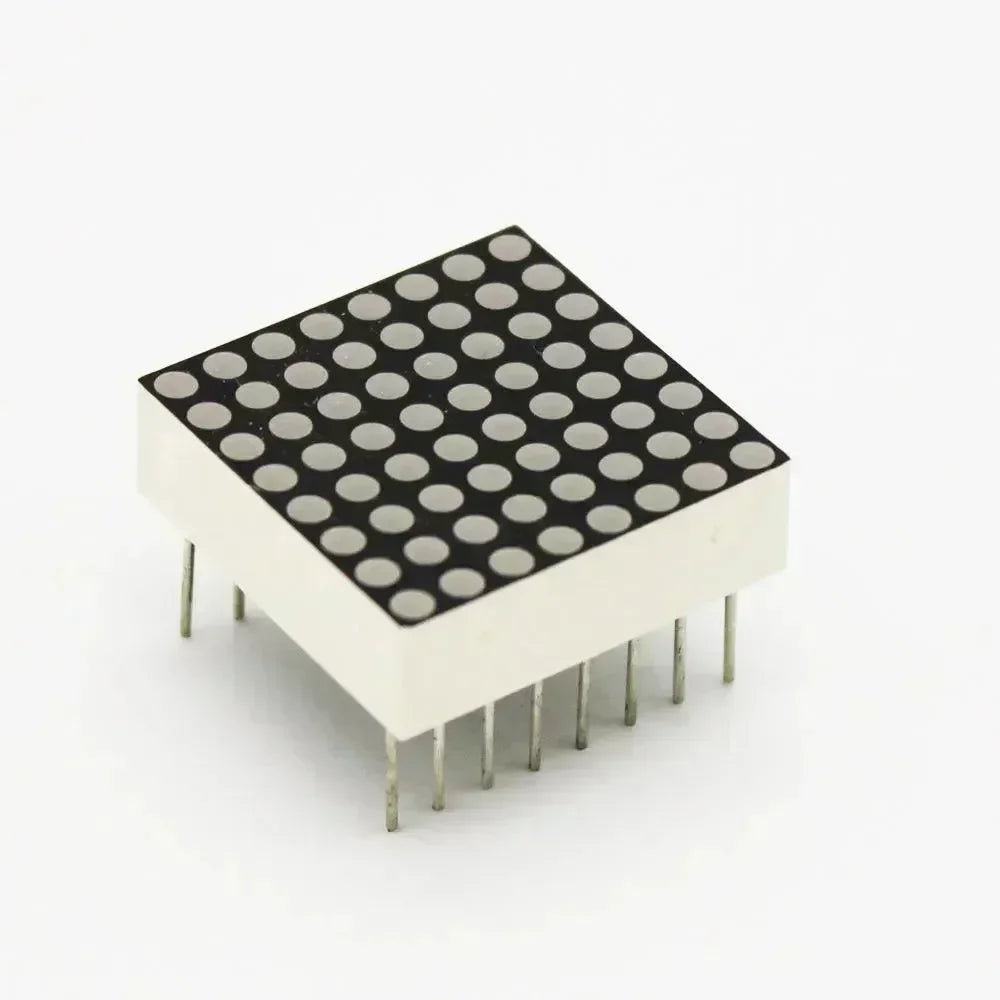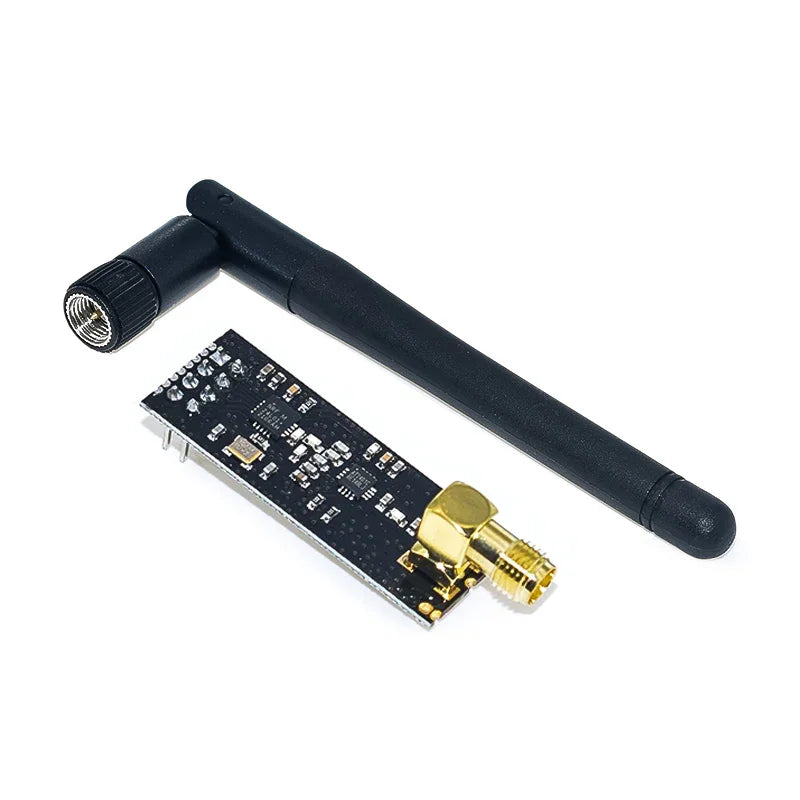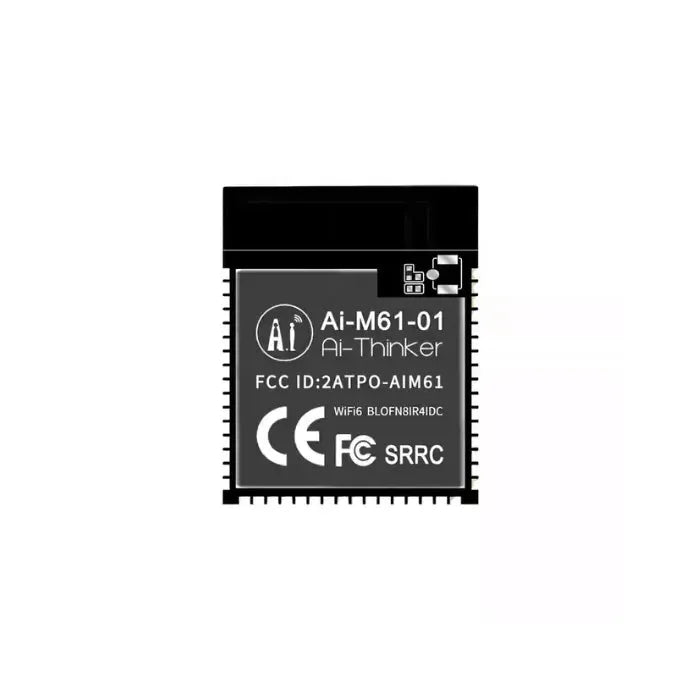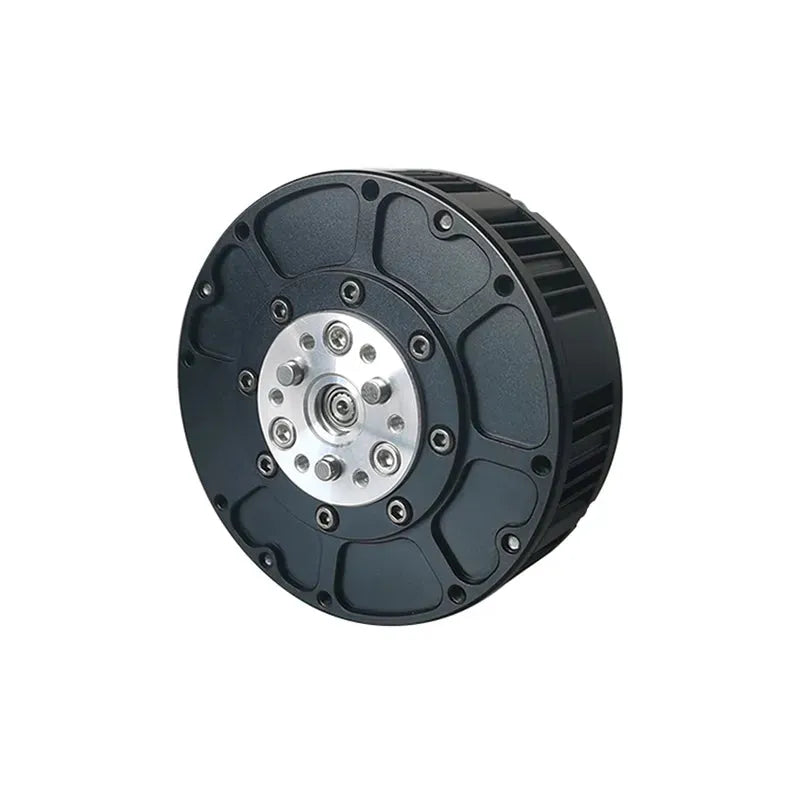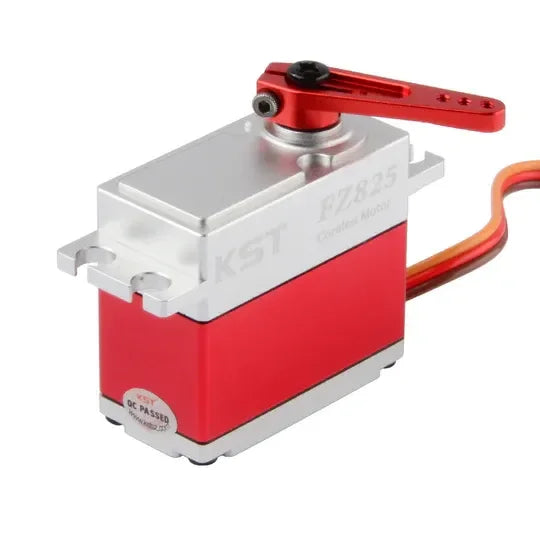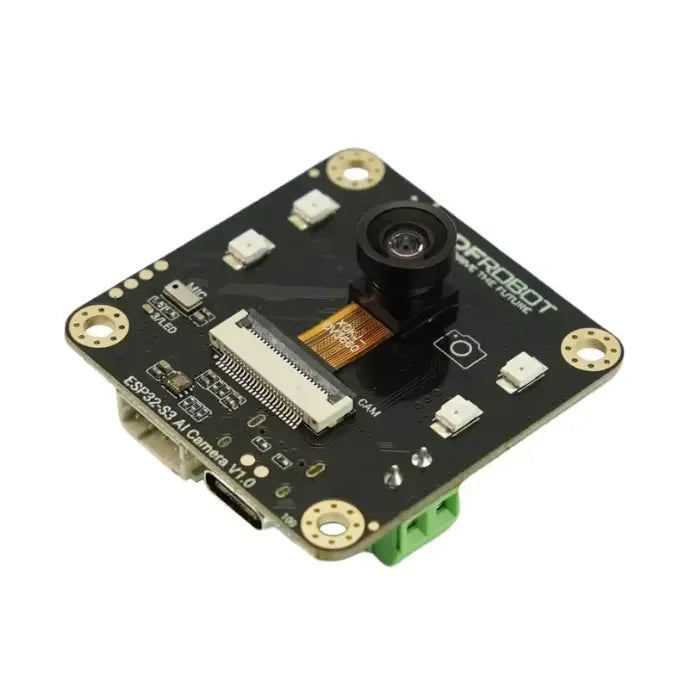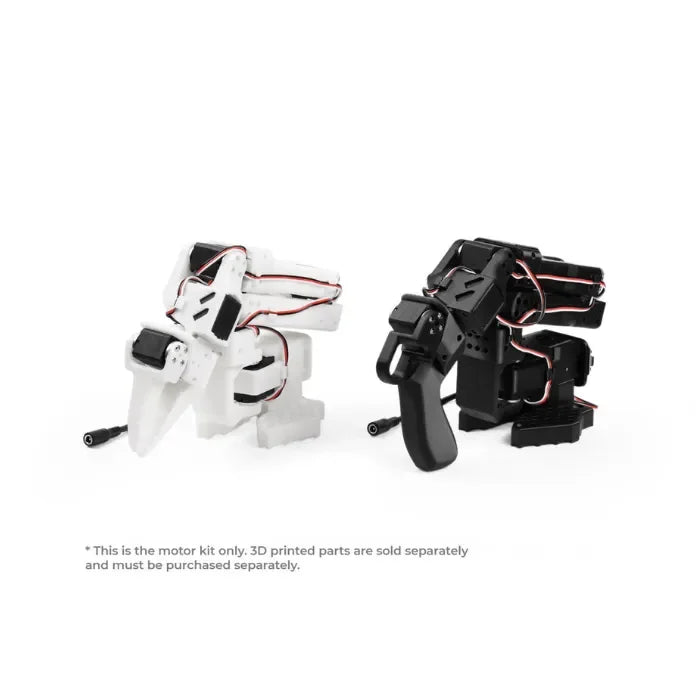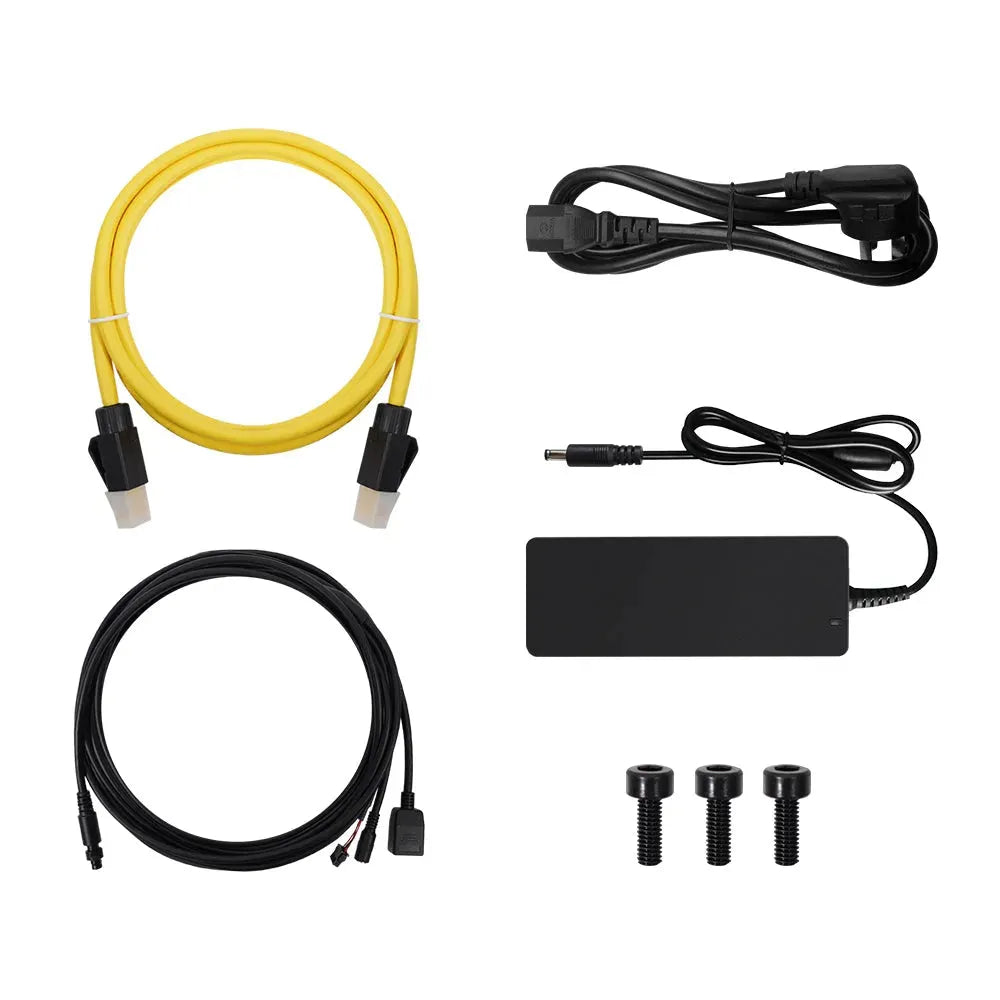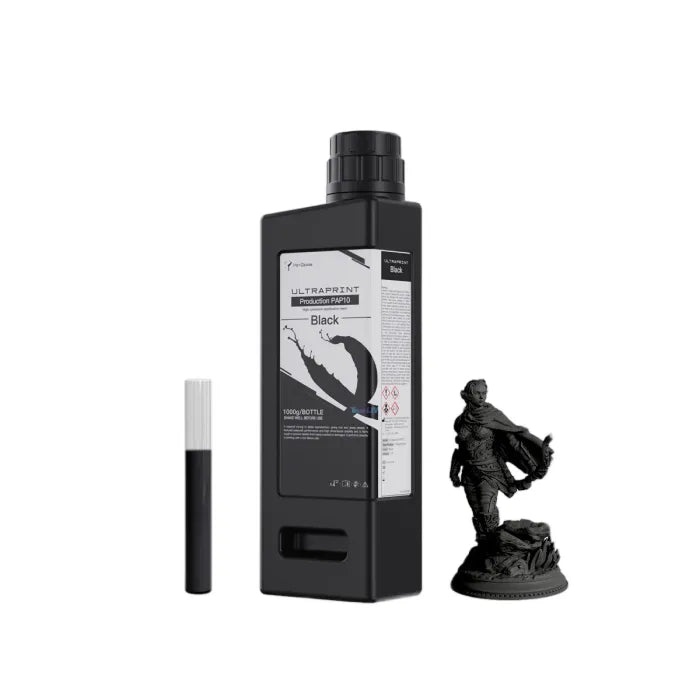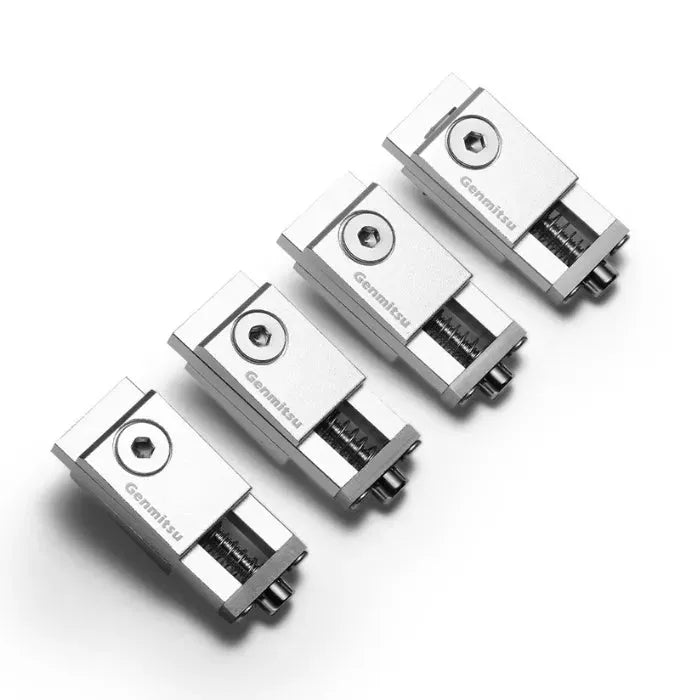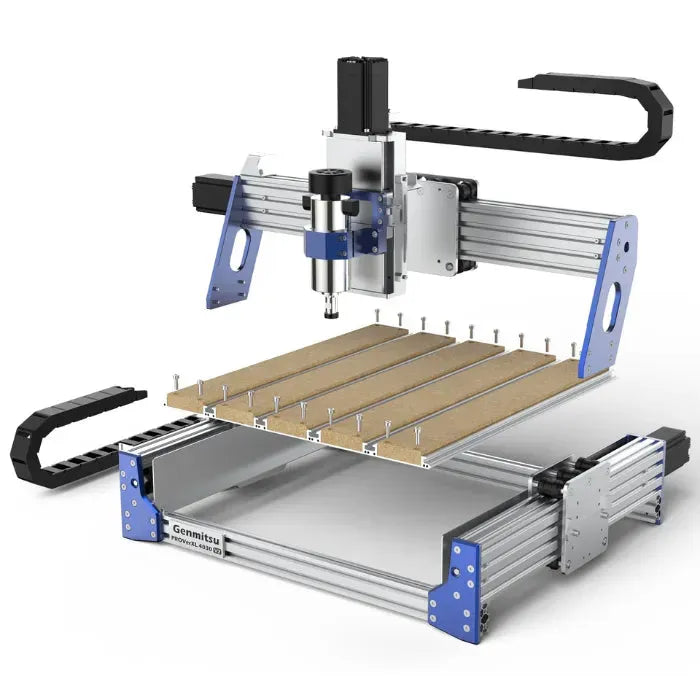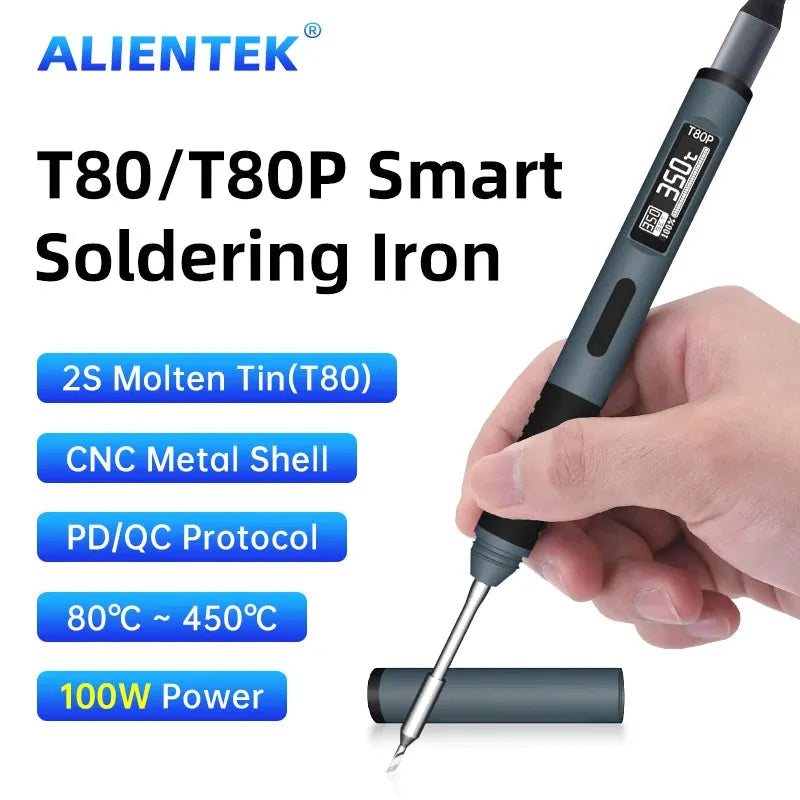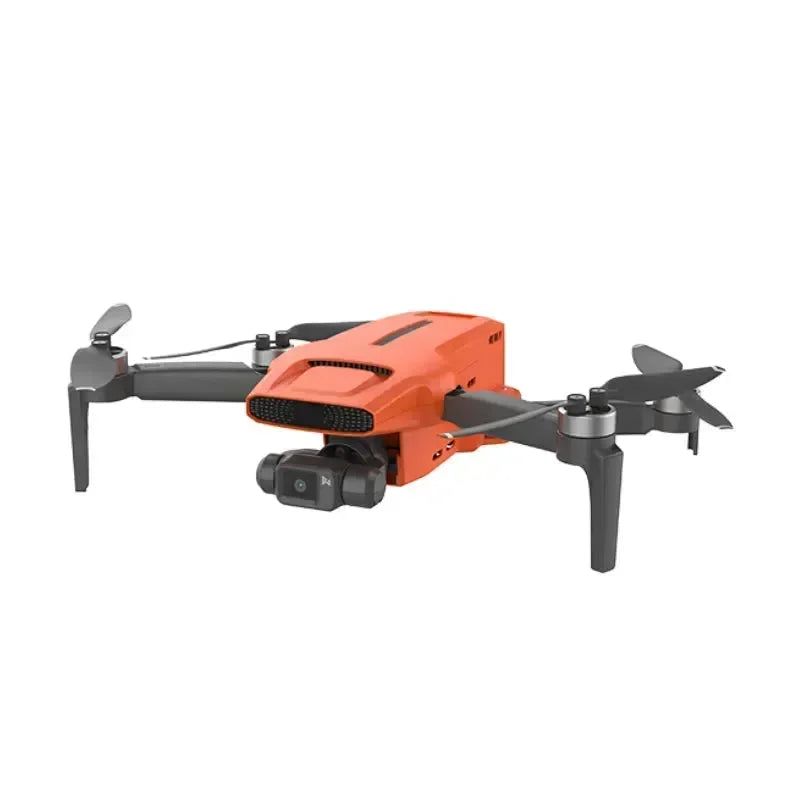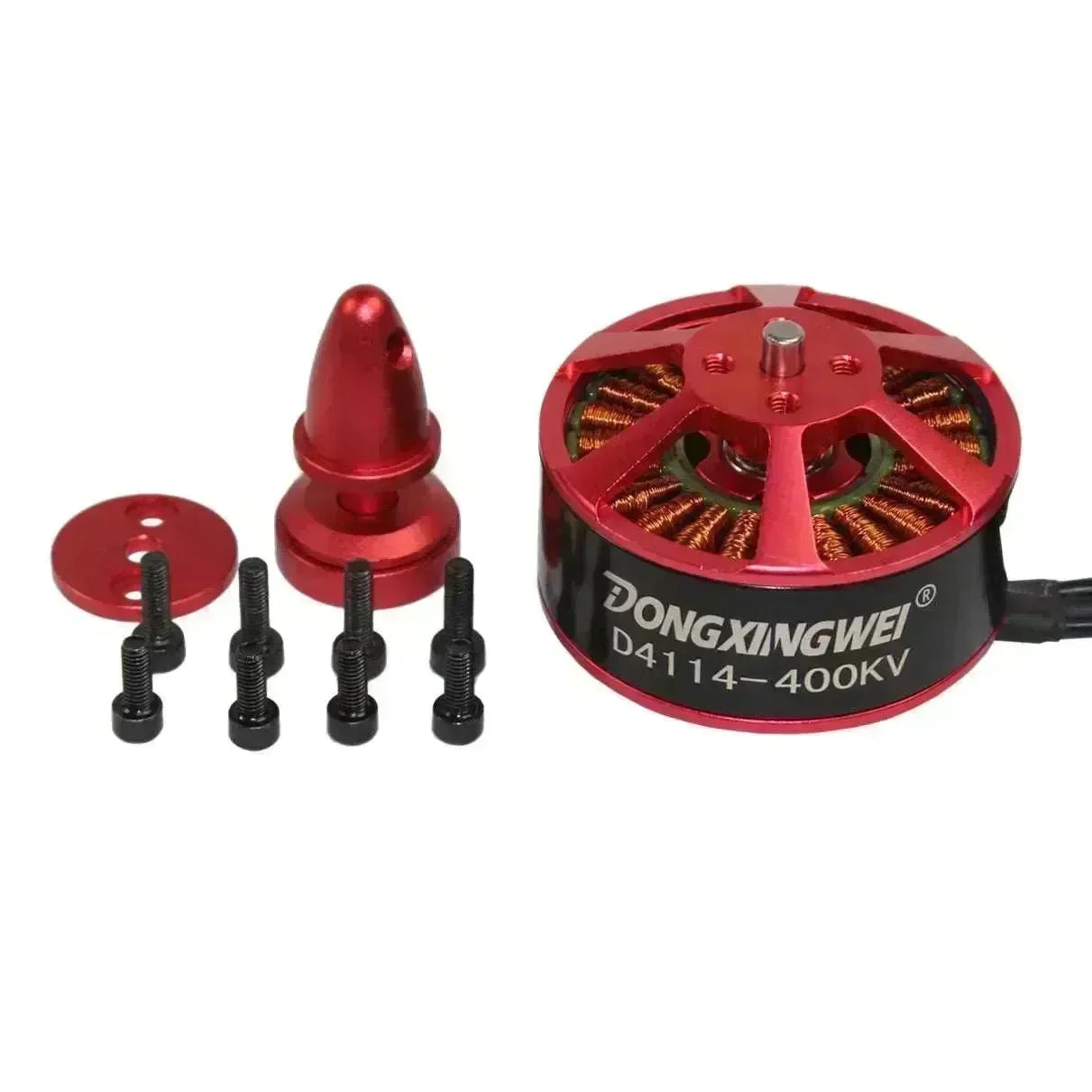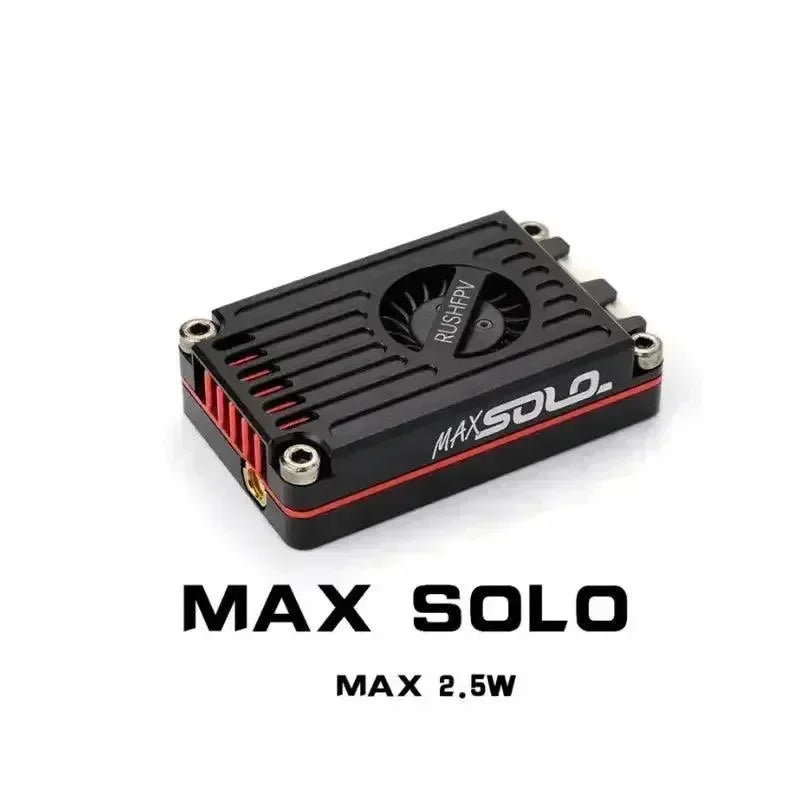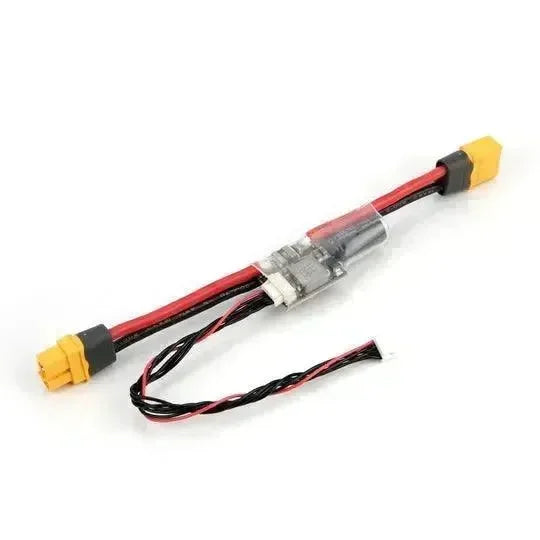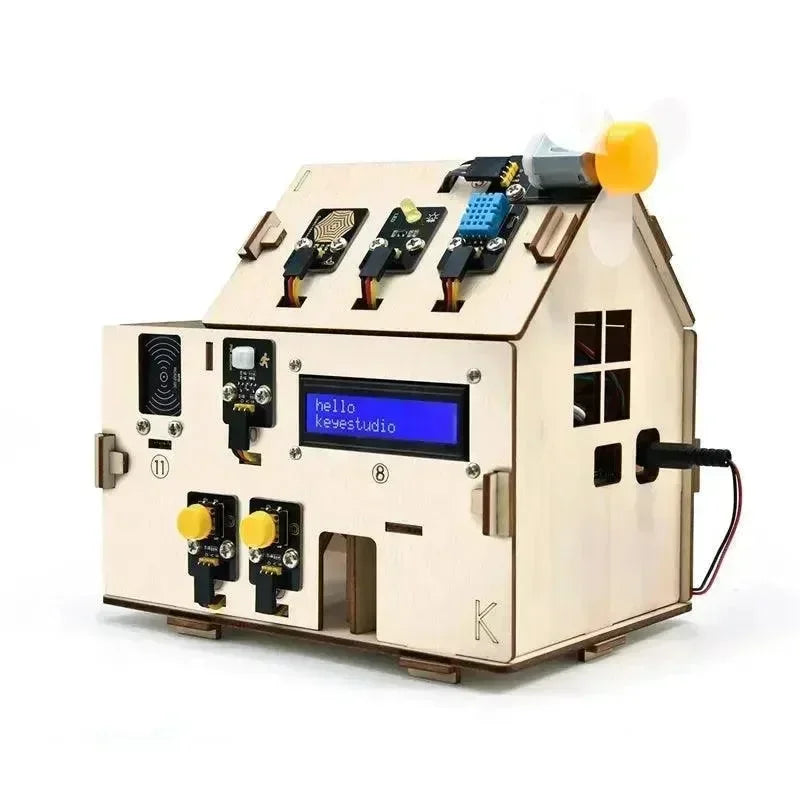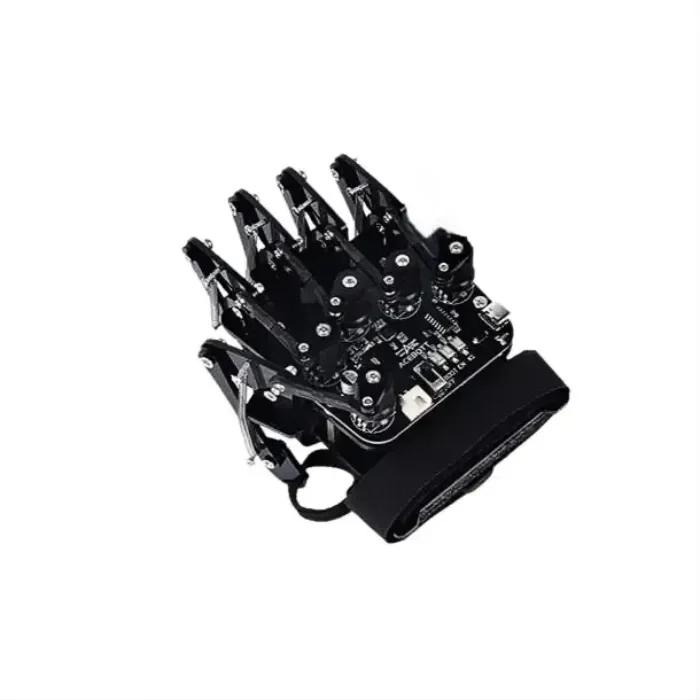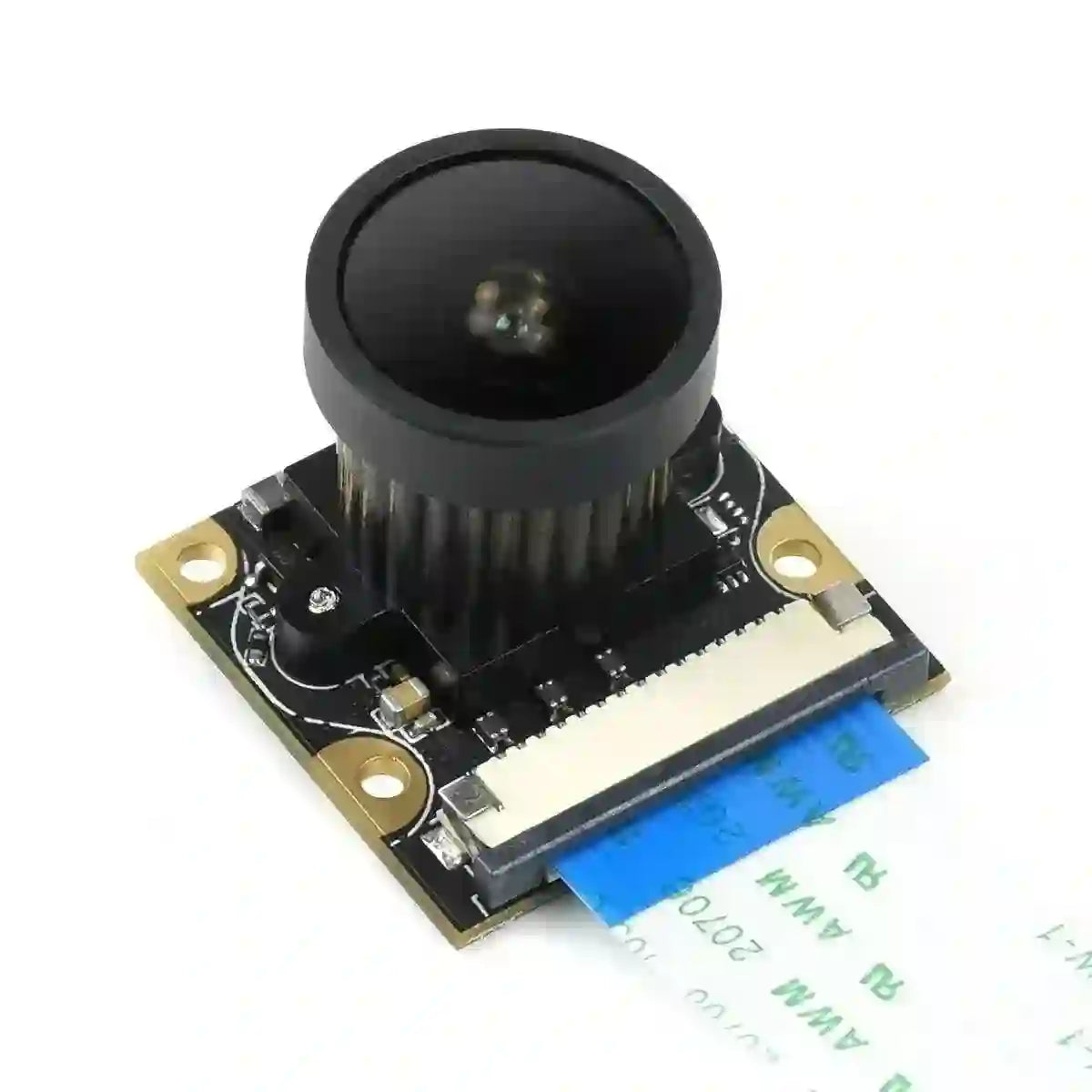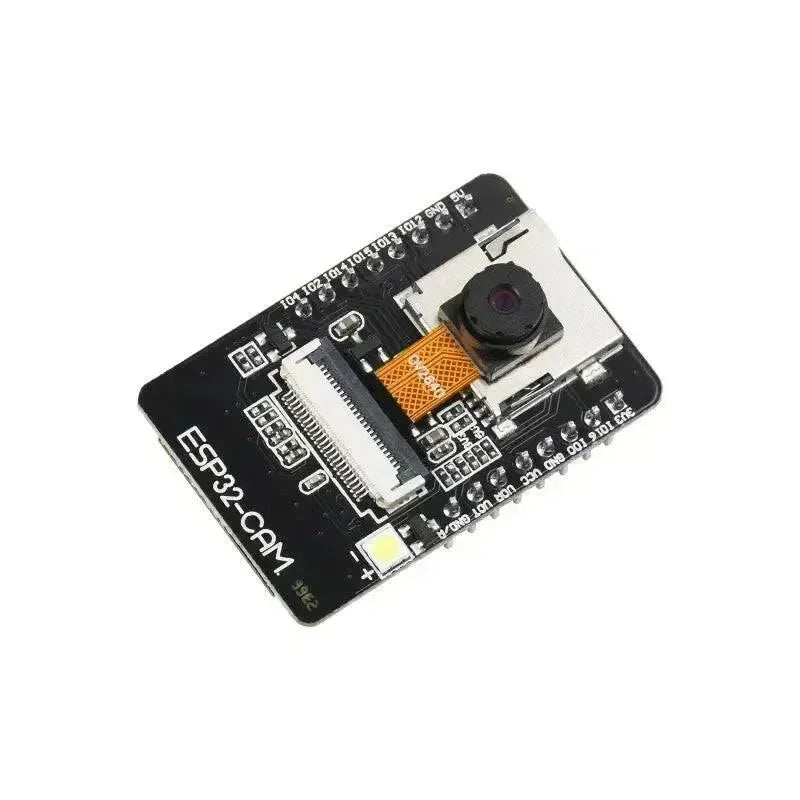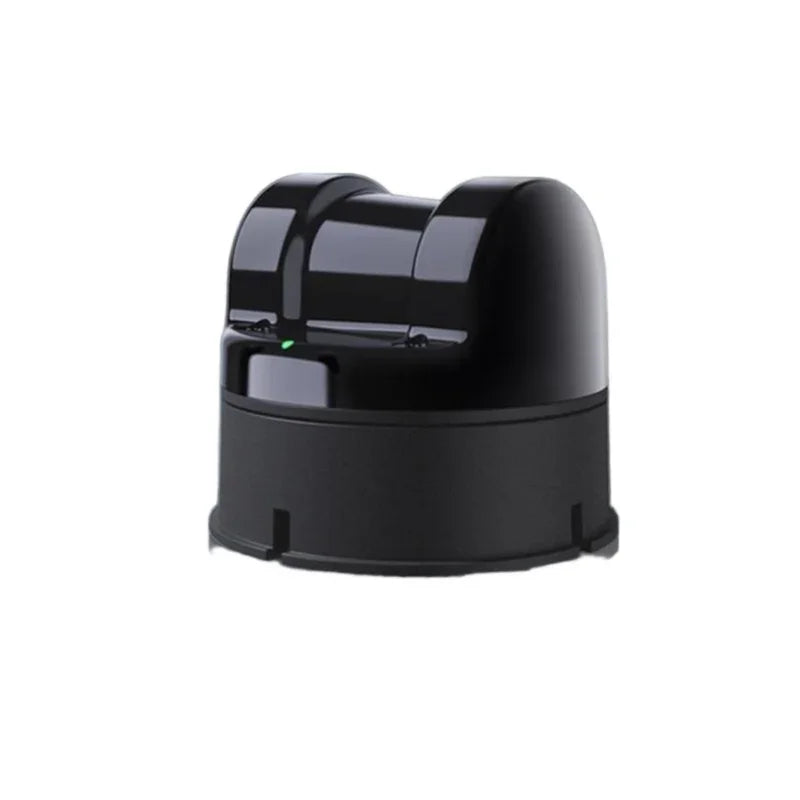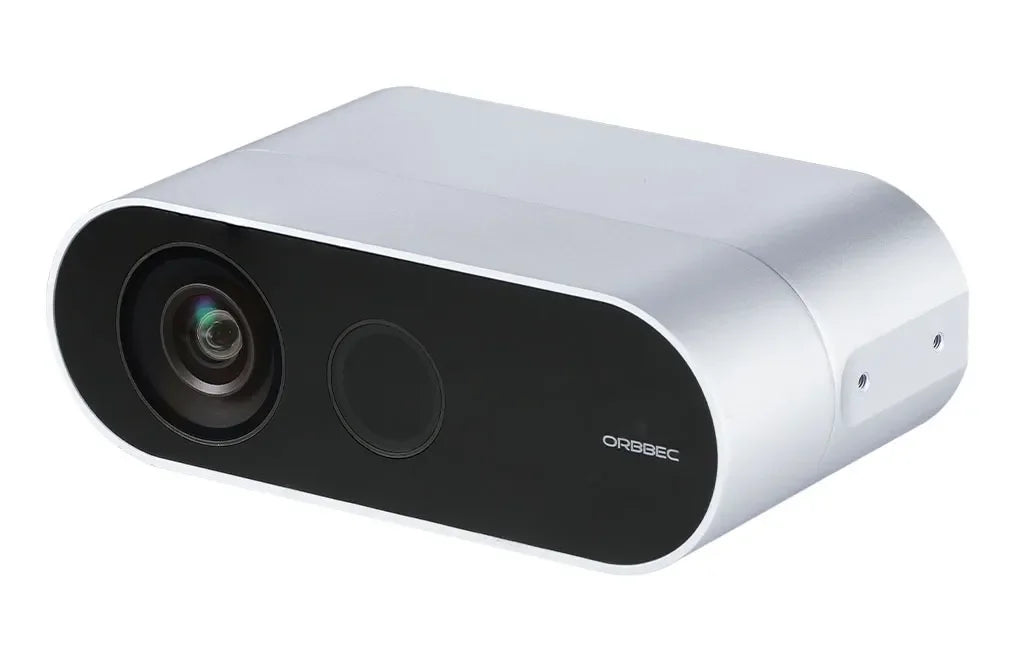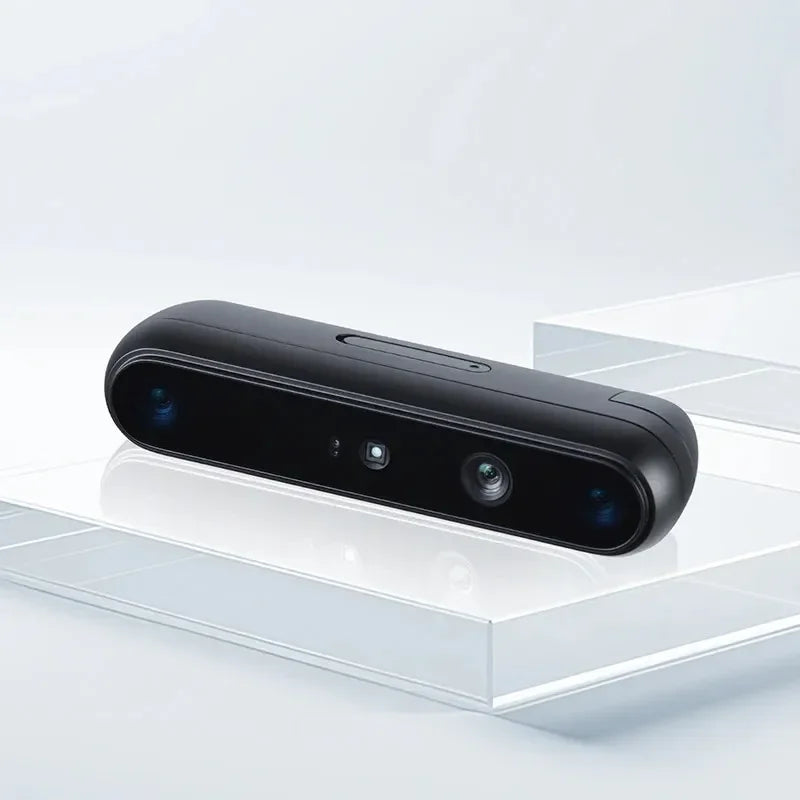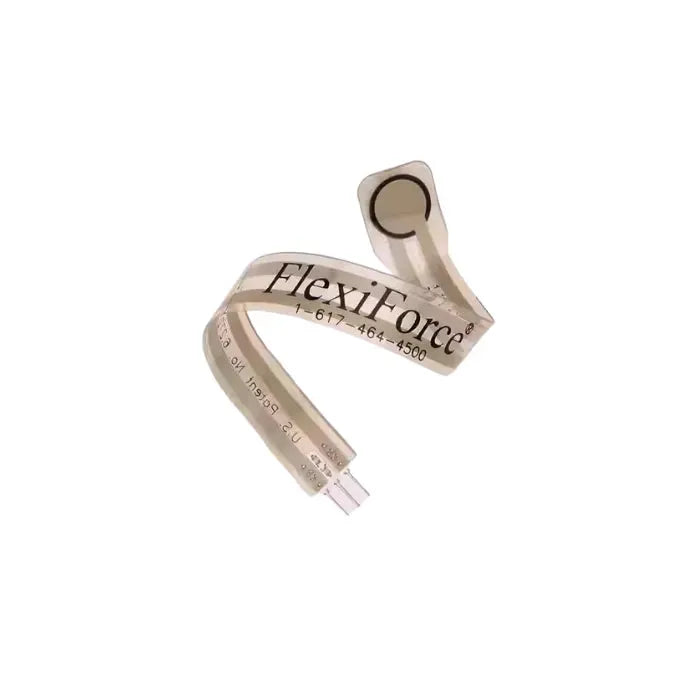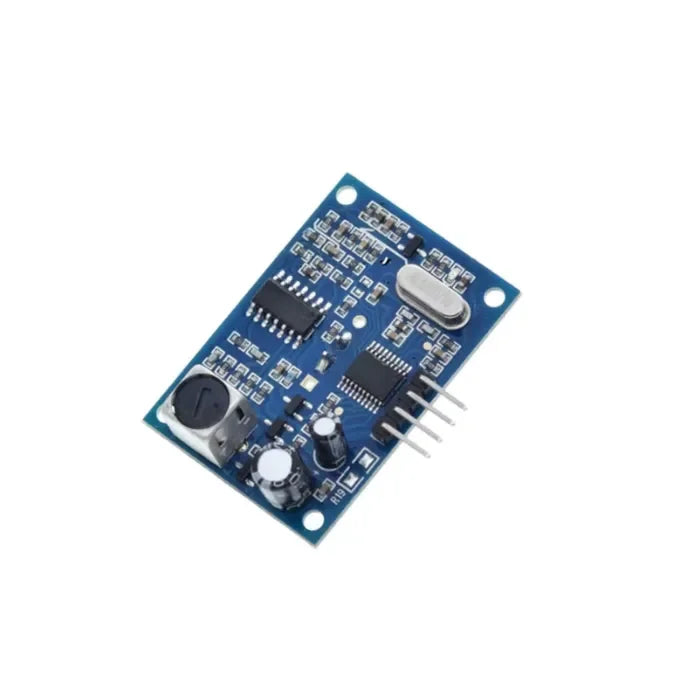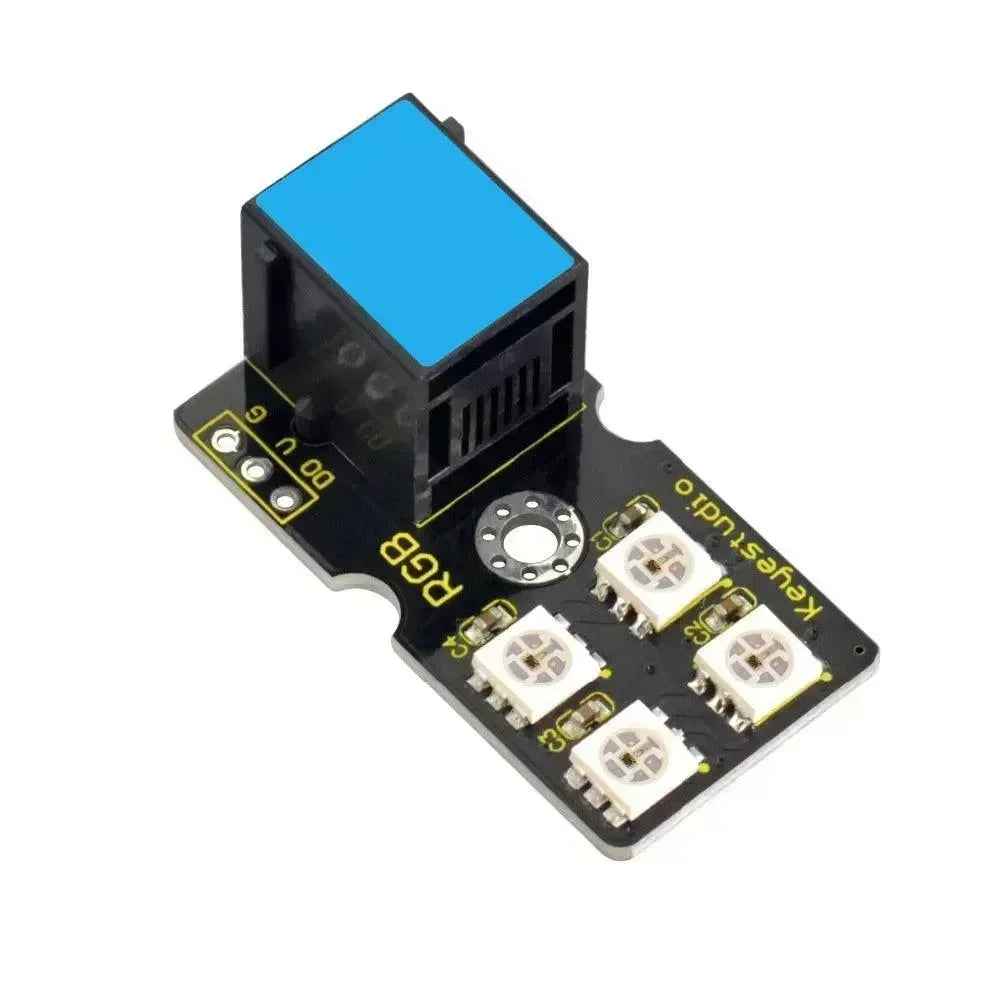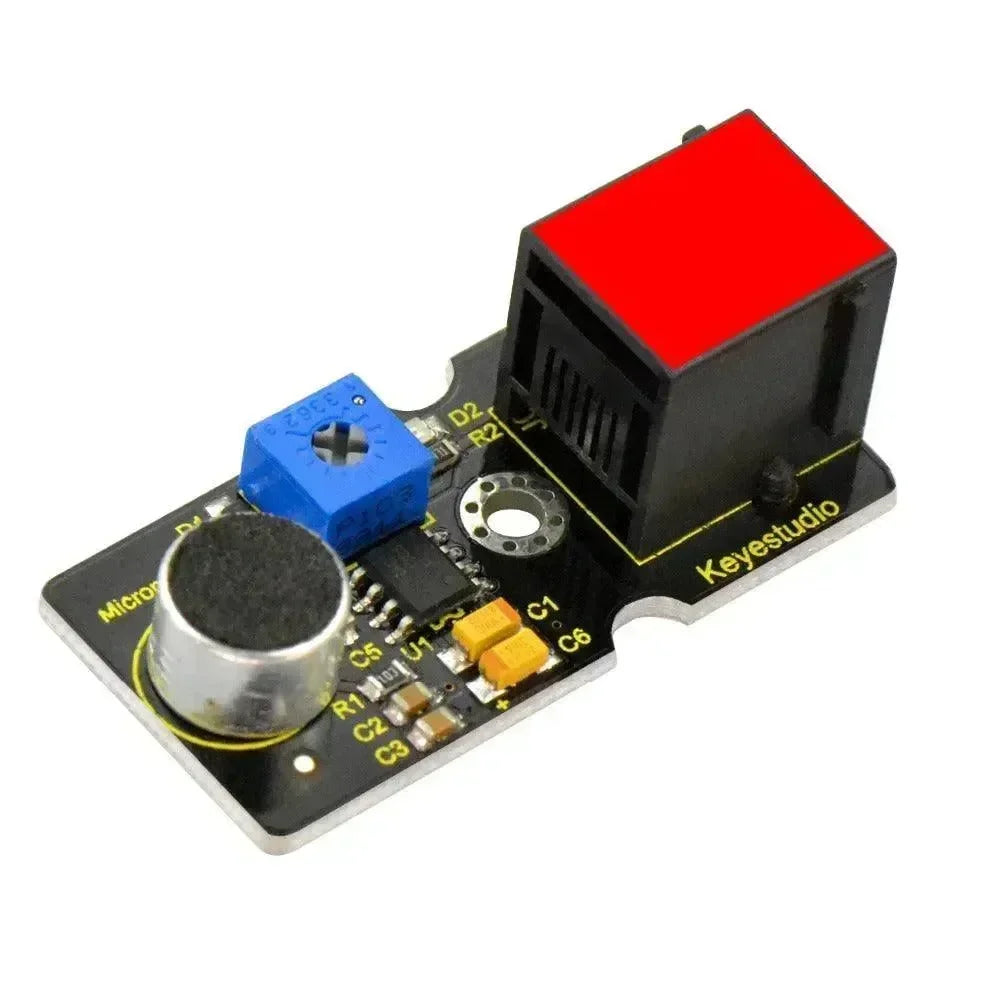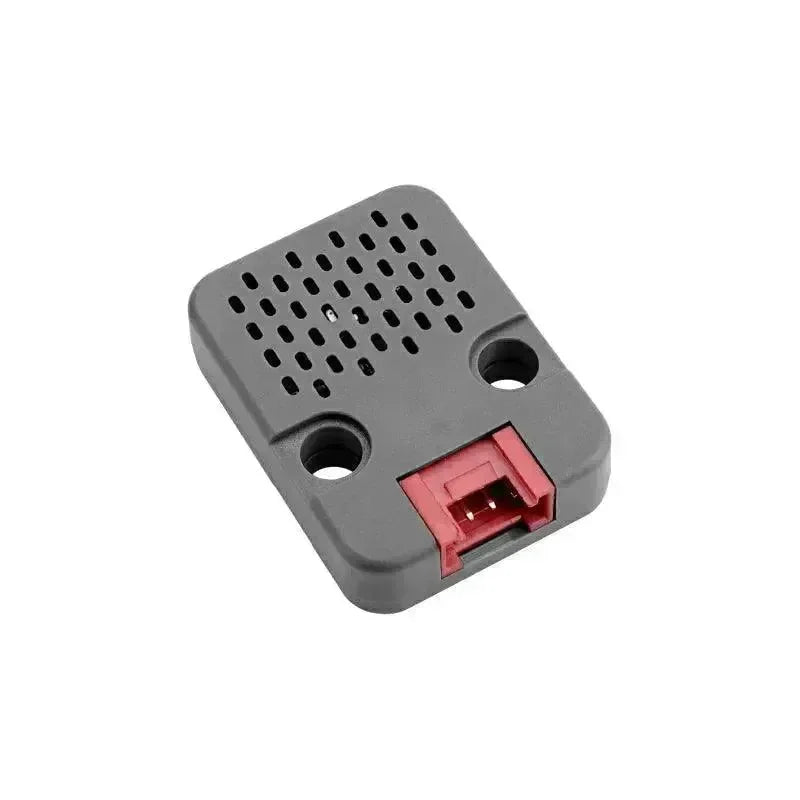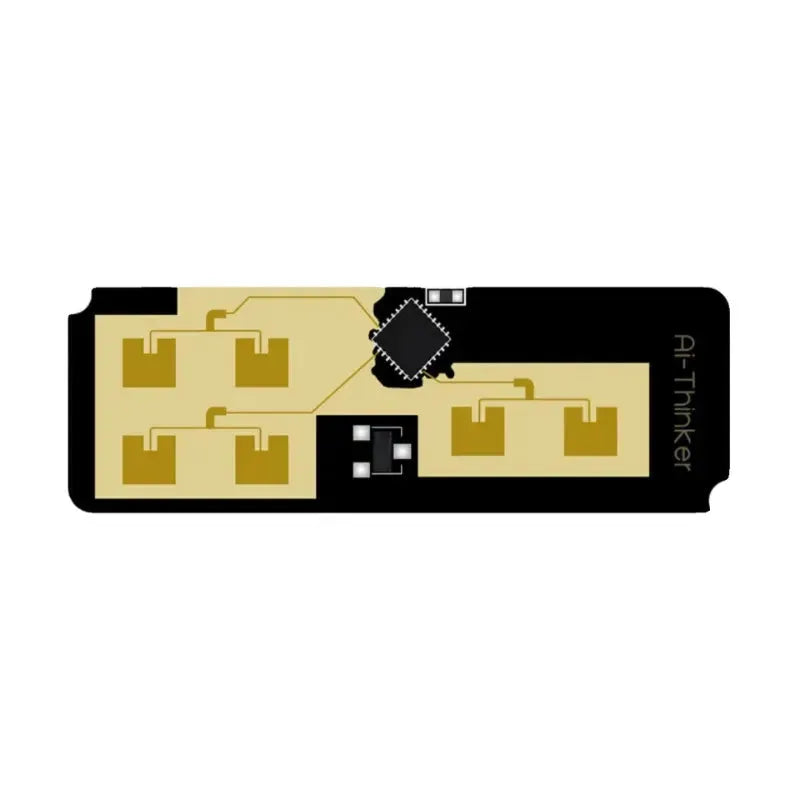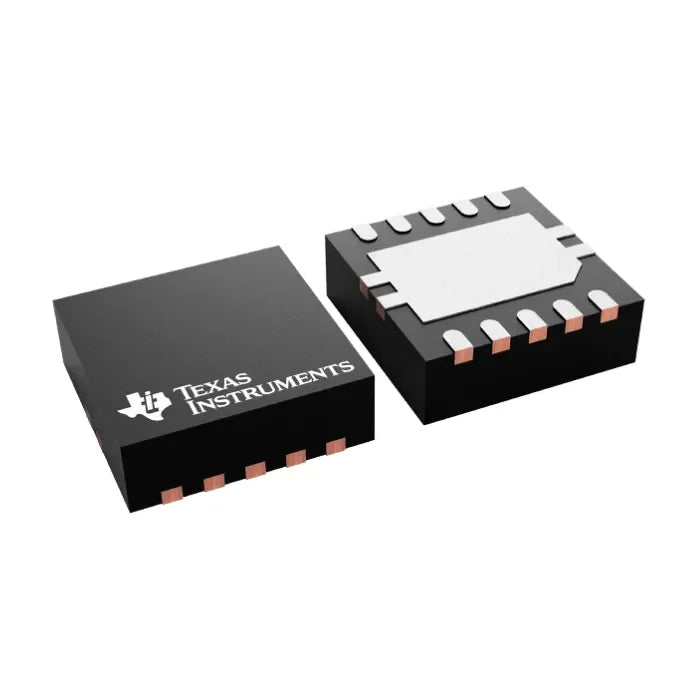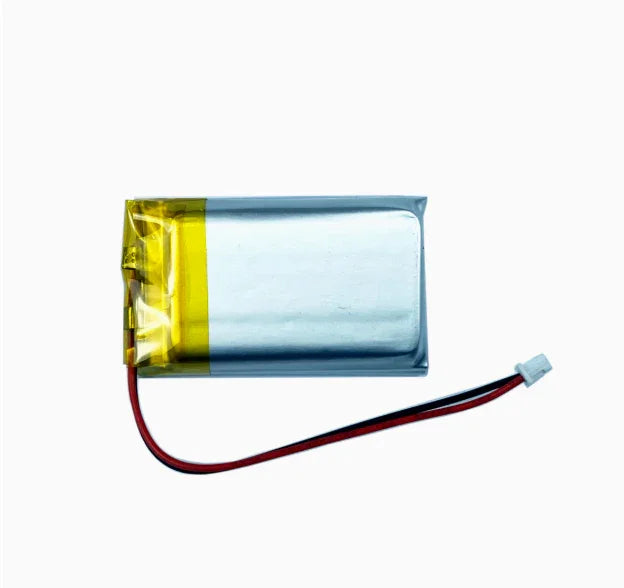Introduction

ESP32-C3: Overview and Features
The ESP32-C3 is a single-core, 32-bit RISC-V microcontroller, specifically designed for low-power applications. It offers Wi-Fi 4 (802.11 b/g/n) and Bluetooth 5 (LE) support, making it ideal for a wide range of Internet of Things (IoT) applications. The microcontroller features 320 KB of SRAM, 128 KB of ROM, and 2 MB of built-in flash memory.
Key Specifications:
- Processor: Single-core 32-bit RISC-V
- Memory: 320 KB SRAM, 128 KB ROM, 2 MB Flash
- Wireless: Wi-Fi 4, Bluetooth 5 (LE)
- GPIOs: 19, with interfaces including ADC, SPI, UART, I2C, I2S, RMT, GDMA, and LED PWM
The ESP32-C3 is well-suited for power-sensitive projects that need strong wireless connectivity, such as wearables or smart sensors.
ESP32-C6: Overview and Features
The ESP32-C6 is Espressif's first low-power, cost-effective system-on-chip (SoC) featuring Wi-Fi 6 (802.11ax) technology combined with Bluetooth 5 (LE). Designed for secure, connected devices, the ESP32-C6 integrates a single-core 32-bit RISC-V processor to meet the demands of modern IoT applications.
Key Specifications:
- Processor: Single-core 32-bit RISC-V
- Memory: 320 KB SRAM, 128 KB ROM, 2 MB Flash
- Wireless: Wi-Fi 6, Bluetooth 5 (LE)
- GPIOs: 19
The ESP32-C6 supports both 2.4 GHz Wi-Fi 6 and older 802.11b/g/n standards, offering improved speed and lower latency for IoT projects like smart home devices and industrial sensors.
ESP32-C5: Overview and Features
The ESP32-C5 is a newly launched addition to Espressif’s ESP32 series, offering enhanced performance and advanced connectivity options. This SoC features a single-core, 32-bit RISC-V processor, designed for efficient and powerful processing in IoT applications.
The ESP32-C5 supports both Wi-Fi 6 (802.11ax) and Bluetooth 5 (LE), enabling high-speed wireless connections with minimal latency. It includes 320 KB of SRAM, 128 KB of ROM, and 2 MB of built-in flash memory, providing ample space for data and applications. Additionally, the ESP32-C5 offers 19 GPIOs, allowing seamless integration with multiple peripherals for versatile project designs.
Key Specifications:
- Processor: Single-core 32-bit RISC-V
- Memory: 320 KB SRAM, 128 KB ROM, 2 MB Flash
- Wireless: Wi-Fi 6, Bluetooth 5 (LE)
- GPIOs: 19
With its low power consumption and enhanced performance, the ESP32-C5 is perfect for advanced IoT projects such as connected appliances or wearable technology.
Key Differences Between ESP32-C3, ESP32-C6, and ESP32-C5
| Feature | ESP32-C3 | ESP32-C6 | ESP32-C5 |
| Processor | Single-core 32-bit RISC-V | Single-core 32-bit RISC-V | Single-core 32-bit RISC-V |
| Clock Frequency | Up to 160 MHz | Up to 160 MHz | Up to 160 MHz |
| Memory | 320 KB SRAM, 128 KB ROM, 2 MB Flash | 320 KB SRAM, 128 KB ROM, 2 MB Flash | 320 KB SRAM, 128 KB ROM, 2 MB Flash |
| Connectivity | Wi-Fi 4 (802.11 b/g/n), Bluetooth 5 (LE) | Wi-Fi 6 (802.11ax), Bluetooth 5 (LE) | Wi-Fi 6 (802.11ax), Bluetooth 5 (LE) |
| GPIOs | 19 GPIOs | 19 GPIOs | 19 GPIOs |
| Special Features | - | Wi-Fi 6 support | Enhanced performance |
| Use Cases | General IoT applications | High-performance IoT applications | Enhanced IoT applications |
Conclusion
The ESP32-C3, ESP32-C6, and ESP32-C5 cater to different IoT requirements.
- ESP32-C3: Best for general IoT applications with low power needs.
- ESP32-C6: Ideal for high-performance projects with Wi-Fi 6 support.
- ESP32-C5: Suitable for advanced IoT solutions that require enhanced performance and connectivity.
Choosing the right microcontroller depends on your project’s specific needs. For further assistance, feel free to contact us.

